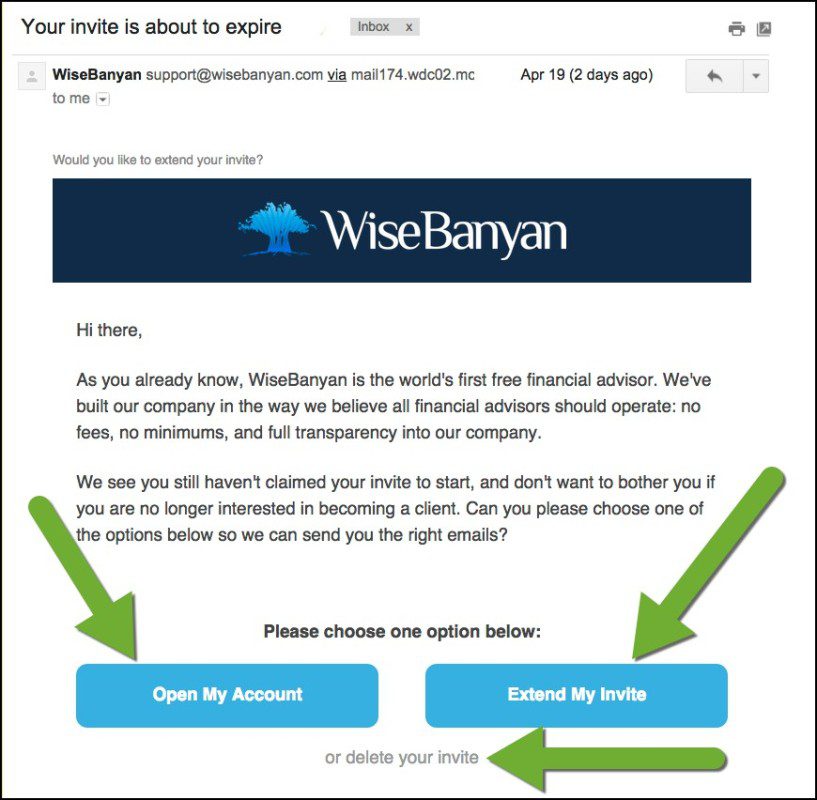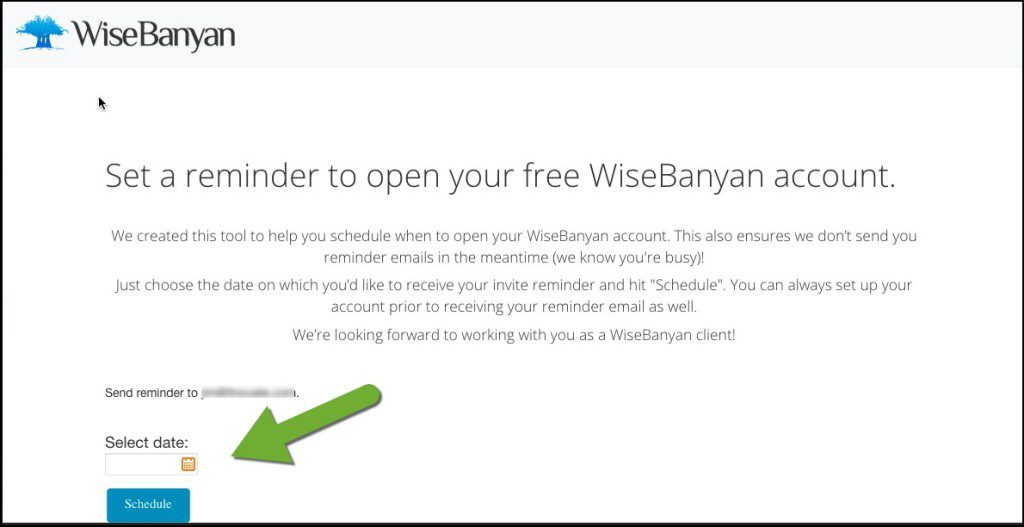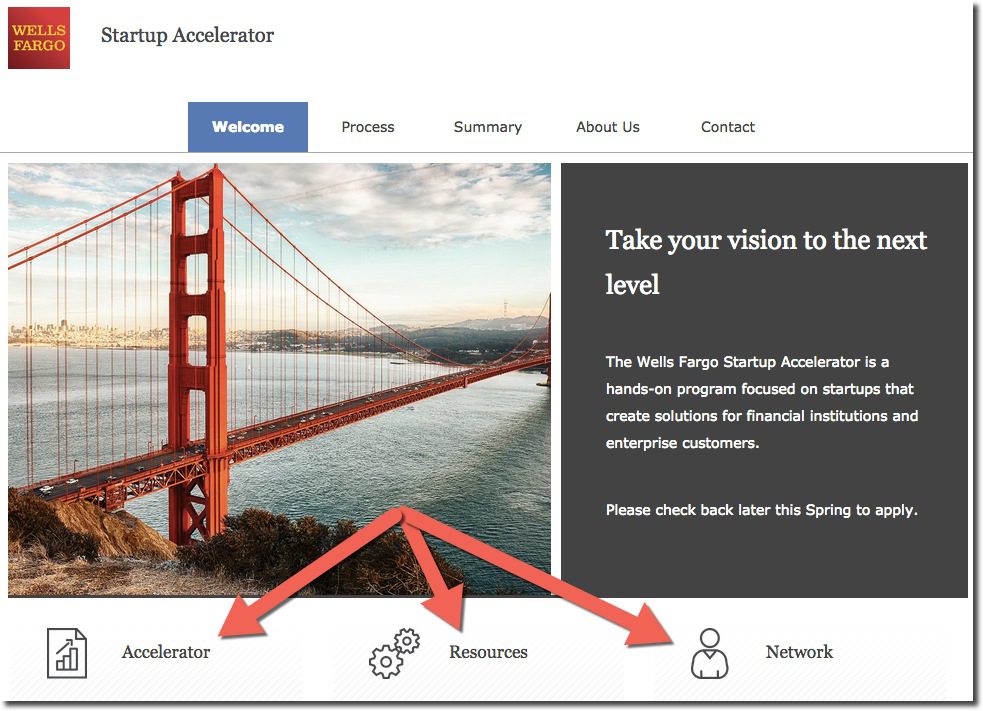 The alternative lending sector, especially in China, is soaking up funds at an unprecedented pace. This week alone, more than $750 million went to startup lenders, 80% earmarked to China (Lufax $485 million and Jimubox $84 million), while Funding Circle (London, $150 million), EZBob (London, $45 million), Smava (Germany, $16 million), and Assetz (London, $4.5 million) rounded out the sector’s inflow.
The alternative lending sector, especially in China, is soaking up funds at an unprecedented pace. This week alone, more than $750 million went to startup lenders, 80% earmarked to China (Lufax $485 million and Jimubox $84 million), while Funding Circle (London, $150 million), EZBob (London, $45 million), Smava (Germany, $16 million), and Assetz (London, $4.5 million) rounded out the sector’s inflow.
Across the total fintech sector, 18 companies raised $1.03 billion this week. And three new unicorns were officially unveiled: Lufax, Funding Circle, and Oscar, a U.S. health insurance startup.
In addition to EZBob ($45 million), two other Finovate alums brought in new cash this week: eToro which added $12 million to its already-announced $27 million round and SigFig took in another $1 million.
Here are the fintech funding rounds by size between 18 April and 23 April:
Lufax
P2P consumer loans
HQ: Shanghai, China
Latest round: $485 million (at $10 billion valuation)
Total raised: Unknown
Tags: Peer-to-peer lending, crowdfunding, investing, Ping An Insurance (investor)
Source: Wall Street Journal
Funding Circle
P2P consumer loans
HQ: London, United Kingdom
Latest round: $150 million Series E (at $1 billion valuation)
Total raised: $273.2 million
Tags: Crowdfunding, loan marketplace, peer-to-peer, unicorn, P2P, underwriting, investing
Source: Crunchbase
Oscar
Health insurance
HQ: New York City, New York
Latest round: $145 million Series A (at $1.5 billion valuation)
Total raised: $295 million
Tags: Insurance, analytics, healthcare, medical payments
Source: Crunchbase
Jimubox
P2P small business & consumer loans
HQ: China
Latest round: $84 million Series C
Total raised: $131.2 million
Tags: SMB, peer-to-peer lending, underwriting, investing
Source: FT Partners
EZBob
P2P small business loans
HQ: London, United Kingdom
Latest round: $45 million
Total raised: $66.5 million (which includes $11 million of debt)
Tags: Crowdfunding, marketplace lender, underwriting, SMB, investing, Finovate alum
Source: Crunchbase
CompareAsia
Asian financial comparison site
HQ: Hong Kong, China
Latest round: $40 million Series A
Total raised: $46 million
Tags: Financial lead generation, sales, insurance, banking, investing, MoneyHero, MoneyMax, MoneyGuru, Money101, SingSaver, MoneyHalo (brand names)
Source: Crunchbase
Perseus
High-speed global network for trading and other financial services
HQ: New York City, New York
Latest round: $20.5 million
Total raised: $20.5 million
Tags: Network, connectivity, trading, infrastructure, Goldman Sachs (investor)
Source: Crunchbase
Smava
P2P consumer loans
HQ: Berlin, Germany
Latest round: $16 million Series B
Total raised: $29.1 million
Tags: Loan marketplace lender, underwriting, investing
Source: FT Partners
Gravie
Health insurance services for employers
HQ: Minneapolis, Minnesota
Latest round: $12.5 million Series B
Total raised: $25.6 million
Tags: Enterprise, employee benefits, health insurance
Source: FT Partners
eToro
Social trading and investment network
HQ: Limassol, Cyprus
Latest round: $12 million (addition to $27 million round in Nov 2014 of which $10 million is debt)
Total raised: $72.9 million
Tags: Trading, sharing, currency, fx, investment management, investing, CommerzBank (investor), Silicon Valley Bank (creditor), Finovate alum
Source: Finovate
SureCash
Mobile banking platform in Bangladesh
HQ: Bangladesh
Latest round: $7 million Series B
Total raised: $7+ million
Tags: Mobile banking, payments, Hong Kong (investor)
Source: Crunchbase
Assetz Capital
P2P business loans
HQ: London, United Kingdom
Latest round: $4.5 million
Total raised: $4.5 million
Tags: Lending, crowdfunding, peer-to-peer, SMB, underwriting, investing
Source: Crunchbase
Cardfree
Mobile point-of-sale technology
HQ: Scottsdale, Arizona
Latest round: $4 million Series
Total raised: $14 million
Tags: Merchants, payments, acquiring, mobile, POS
Source: FT Partners
OpenFin
Financial services development platform
HQ: New York City, New York
Latest round: $3 million Series B
Total raised: $9.6 million
Tags: Development tools, desktop financial services, investment management, IT
Source: Crunchbase
New Media Insight
Mobile payments (mPaay)
HQ: Phoenix, Arizona
Latest round: $2 million
Total raised: $2 million
Tags: Payments, SMB, acquiring, mobile
Source: FT Partners
CoinTent
Micropayments
HQ: San Francisco, California
Latest round: $1.1 million Seed
Total raised: $1.1 million
Tags: Payments, mobile, micropayments, SMB, digital content
Source: Crunchbase
SimplyInsured
Group health insurance quotes
HQ: San Francisco, California
Latest round: $1 million Seed
Total raised: $1.8 million
Tags: Insurance, healthcare, SMB, lead gen, Y Combinator
Source: Crunchbase
SigFig
Online portfolio/investment manager
HQ: San Francisco, California
Latest round: $1 million Series
Total raised: $16 million
Tags: Robo-adviser, ETF, asset allocation, investing, Finovate alum
Source: Finovate
——–
Related
Not a technology company, but a part of the fintech ecosystem (not included in total funding amount)
untapt
Fintech software developer recruiter
HQ: New York City, New York
Latest round: $3.1 million Series A
Total raised: $4.2 million
Tags: Developers, builders, recruiting, headhunter
Source: Crunchbase
 I’ve been a mortgage customer for almost 30 years. And unlike most financial products, the mortgage process has gotten more convoluted in those three decades. There are good reasons for many of the added hassles, but the overall experience leaves a lot to be desired, especially if you are not a standard W2 wage earner. The poster-child for bad UX was last year’s denial of a mortgage to previous Fed chairman, Ben Bernanke. I had similar trouble last Fall, despite almost 20 years in the same home and job. There is still much to be done.
I’ve been a mortgage customer for almost 30 years. And unlike most financial products, the mortgage process has gotten more convoluted in those three decades. There are good reasons for many of the added hassles, but the overall experience leaves a lot to be desired, especially if you are not a standard W2 wage earner. The poster-child for bad UX was last year’s denial of a mortgage to previous Fed chairman, Ben Bernanke. I had similar trouble last Fall, despite almost 20 years in the same home and job. There is still much to be done.
 Editor’s note: We are starting a new series showcasing very early-stage
Editor’s note: We are starting a new series showcasing very early-stage Why it’s a good strategic bet for financial institutions: Students and young adults are an attractive, albeit difficult, segment to win over. Yet, they are the future, and could be customers for 70+ years. So helping them with early money-management problems could pay huge dividends over time, assuming you are able to upsell profitable financial products. Furthermore, if a “parent view” could be added to the functionality, the app could be appealing to the income-producing part of the family.
Why it’s a good strategic bet for financial institutions: Students and young adults are an attractive, albeit difficult, segment to win over. Yet, they are the future, and could be customers for 70+ years. So helping them with early money-management problems could pay huge dividends over time, assuming you are able to upsell profitable financial products. Furthermore, if a “parent view” could be added to the functionality, the app could be appealing to the income-producing part of the family. While it wasn’t a
While it wasn’t a 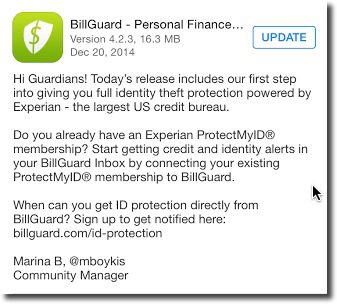

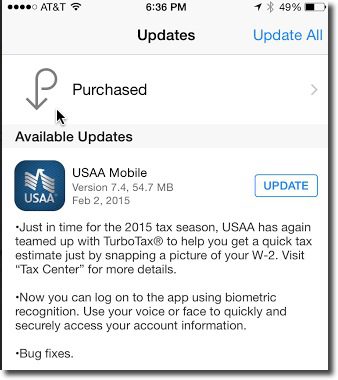




 Last week, Capital One launched a national marketing promotion with Uber that provides a 20% rebate on rides for one year. And unlike many (most?) card offers, it’s good for both new and existing Capital One customers. However, the ride-rebate applies only to the bank’s Quicksilver cash-back card, so I’m out of luck with my Capital One Venture card.
Last week, Capital One launched a national marketing promotion with Uber that provides a 20% rebate on rides for one year. And unlike many (most?) card offers, it’s good for both new and existing Capital One customers. However, the ride-rebate applies only to the bank’s Quicksilver cash-back card, so I’m out of luck with my Capital One Venture card.

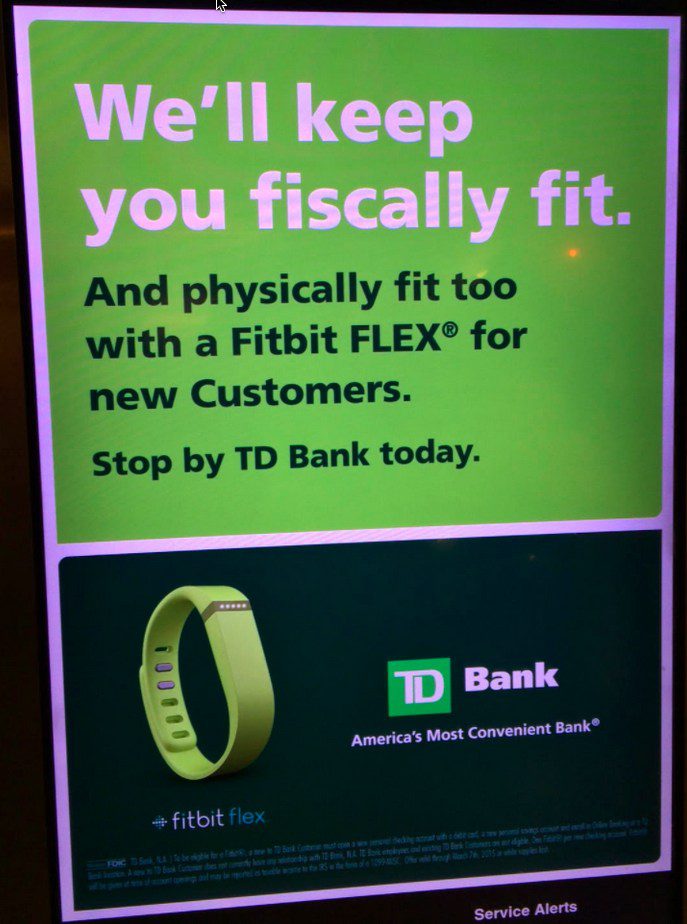
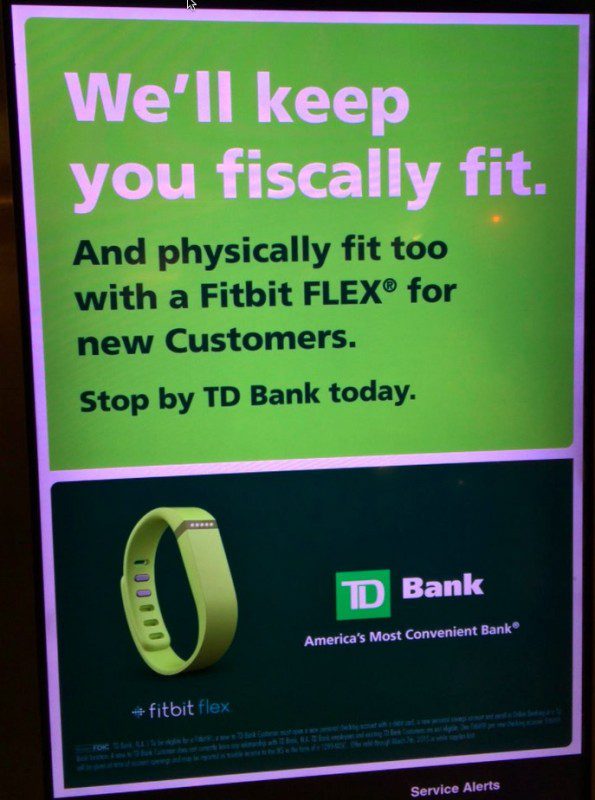 I’ve always been a “wanna be” tracker. I like watching the stats closely, but I also lose interest if the process, either capturing the data or compiling it, becomes tedious. But thanks to mobile (including wearables), the drudgery is disappearing and that has big implications for banking and financial services.
I’ve always been a “wanna be” tracker. I like watching the stats closely, but I also lose interest if the process, either capturing the data or compiling it, becomes tedious. But thanks to mobile (including wearables), the drudgery is disappearing and that has big implications for banking and financial services. 1. Make it easy to use: While Fitibit requires zero maintenance once you get it activated, you do have to remember to keep it on you. The same goes double for a bank’s credit or debit card. You not only have to remember it, but also must choose to use it at the point of sale.
1. Make it easy to use: While Fitibit requires zero maintenance once you get it activated, you do have to remember to keep it on you. The same goes double for a bank’s credit or debit card. You not only have to remember it, but also must choose to use it at the point of sale.


